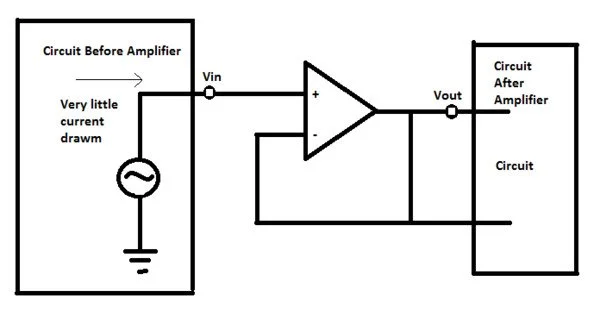Isolation amplifiers are a type of differential amplifier that provides electrical isolation and an electrical safety barrier to allow the measurement of small signals in the presence of a high common mode voltage. They guard against common mode voltages, which are potential differences between instrument ground and signal ground.
Isolation amplifiers’ primary purpose is to ensure signal integrity and safety in situations where ground potential differences or electrical noise and interference may affect signal quality. These amplifiers protect sensitive components and systems from damage and help prevent ground loops by electrically isolating the input and output circuits.
Instruments used in the presence of a common mode voltage without an isolation barrier allow ground currents to circulate, resulting in a noisy representation of the signal under investigation in the best case. In the worst-case scenario, assuming that the magnitude of the common mode voltage or current is large enough, instrument destruction is possible. In medical instruments, isolation amplifiers are used to protect patients from power supply leakage current.
Amplifiers with an isolation barrier allow the front-end of the amplifier to float with respect to common mode voltage up to the breakdown voltage of the barrier, which is frequently 1,000 volts or higher. This action protects the amplifier and the instrument to which it is connected while still allowing for a reasonably accurate measurement.
Isolation amplifiers are commonly made up of a differential amplifier and a transformer or optical coupling element. The input signal is first isolated, either by magnetic coupling in the case of transformers or by light-based coupling in the case of optocouplers. After that, the isolated signal is amplified and converted back to the desired output format.
Some common applications of isolation amplifiers include:
- Medical instrumentation: These are widely used in medical devices to ensure patient safety by isolating the input signals from the high-voltage power supply or other potential sources of electrical noise.
- Industrial process control: These are used to transmit sensor signals across long distances, providing protection against noise and allowing the use of different ground references in various parts of the system.
- Power monitoring and control: These can be used to measure and control high-voltage and high-current systems, such as in power grid monitoring, motor control, or renewable energy systems.
- Instrumentation and data acquisition: These are employed in data acquisition systems to provide signal isolation between the measured signals and the acquisition circuitry, protecting against ground loops and improving accuracy.
These amplifiers are also used in multi-channel applications to boost low-level signals. They can also eliminate ground loop-induced measurement errors. Internal transformer amplifiers eliminate the need for an external isolated power supply. They are commonly used as analog interfaces between systems with distinct grounds. Isolation amplifiers can have isolated power supplies for both the input and output stages, or they can have external power supplies for each isolated portion.
















